In many of her realistic drawing books, artist Lee Hammond recommends drawing using a grid to create lines in just the right places. I have found this technique to be EXTREMELY helpful, especially when drawing portraits. When creating portraits of people you know, the slightest change in a line or shadow can make a huge difference. Using a grid can help the artist (yes, that’s you!) make these changes.
The easiest way to begin is to have a photo or picture the same size as the picture you are going to draw. For example, if my final drawing will be an 8″ x 10″ size, I start with an 8″ x 10″ photo. If I’m drawing the picture in graphite and have a color photo, I will also change the color photo to black and white (keeping all of the gray values). If I’m using a digital photo, I just follow this same process on my computer and print it out. I always make two copies — in a moment you’ll see why.
Next, I use a ruler to mark across and down one of my photos at one-inch intervals (if I’m using a photo printed on photo paper, I use a black sharpie; if I’m using a photo printed on regular paper from my printer, I use a pencil, pen, marker, etc.) With my ruler and pen, I draw lines going down and across, using the marks on each side to make them straight. I’ve now made a grid on my reference photo.
The grid on the paper now matches the grid on the reference photo. Beginning in the top left corner, I focus on only those lines I see within that single square. I work to reproduce the same lines/shapes/forms in the corresponding square on my paper. I continue along square by square until I’ve sketched in the main components of my drawing. With my pencil, I create the same grid on my paper. I sketch the grid VERY LIGHTLY, as I will be erasing it when I’ve completed my drawing.
One the basic forms are established, I go back and add the details and shading, using my unmarked photo as my new reference so my eyes won’t be distracted by the grid. If I have a problem with the placement of a feature such as the nose or mouth, however, I go back to the grid to place it correctly.
Drawing using a grid is a great exercise in training the brain to notice individual lines and how they connect, and it’s very helpful in correcting problems with the proportion and location of various parts of the picture.

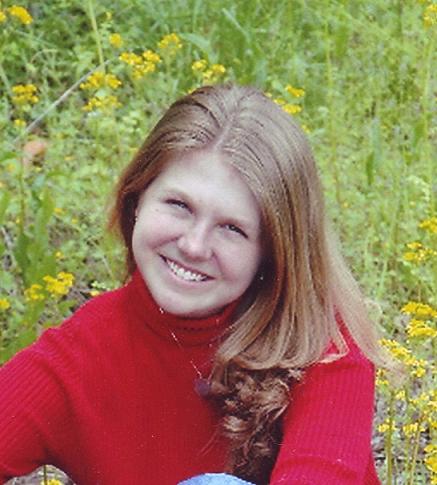
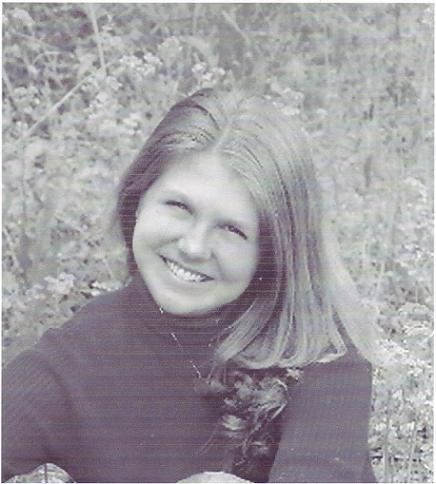
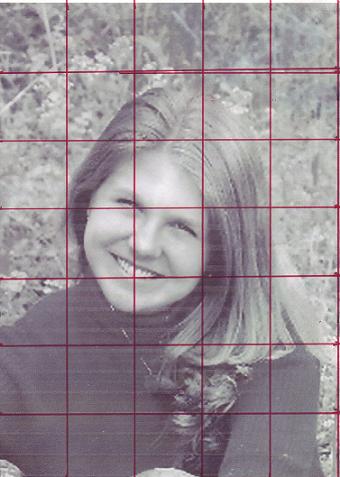
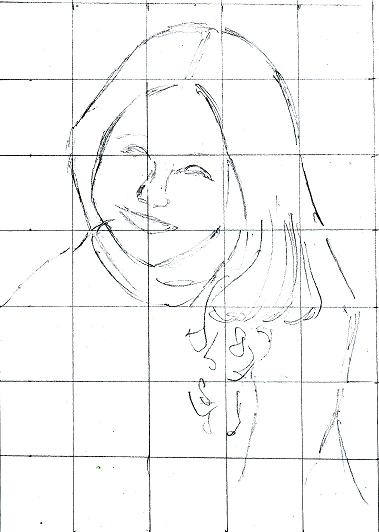
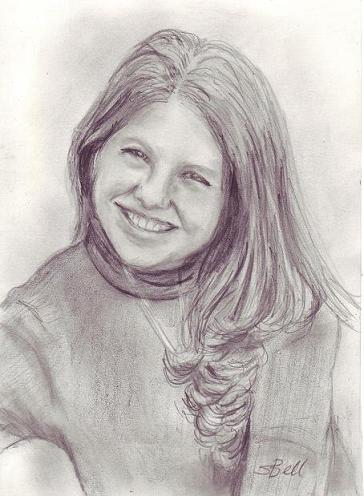
Please note: Only family-friendly comments will be published.